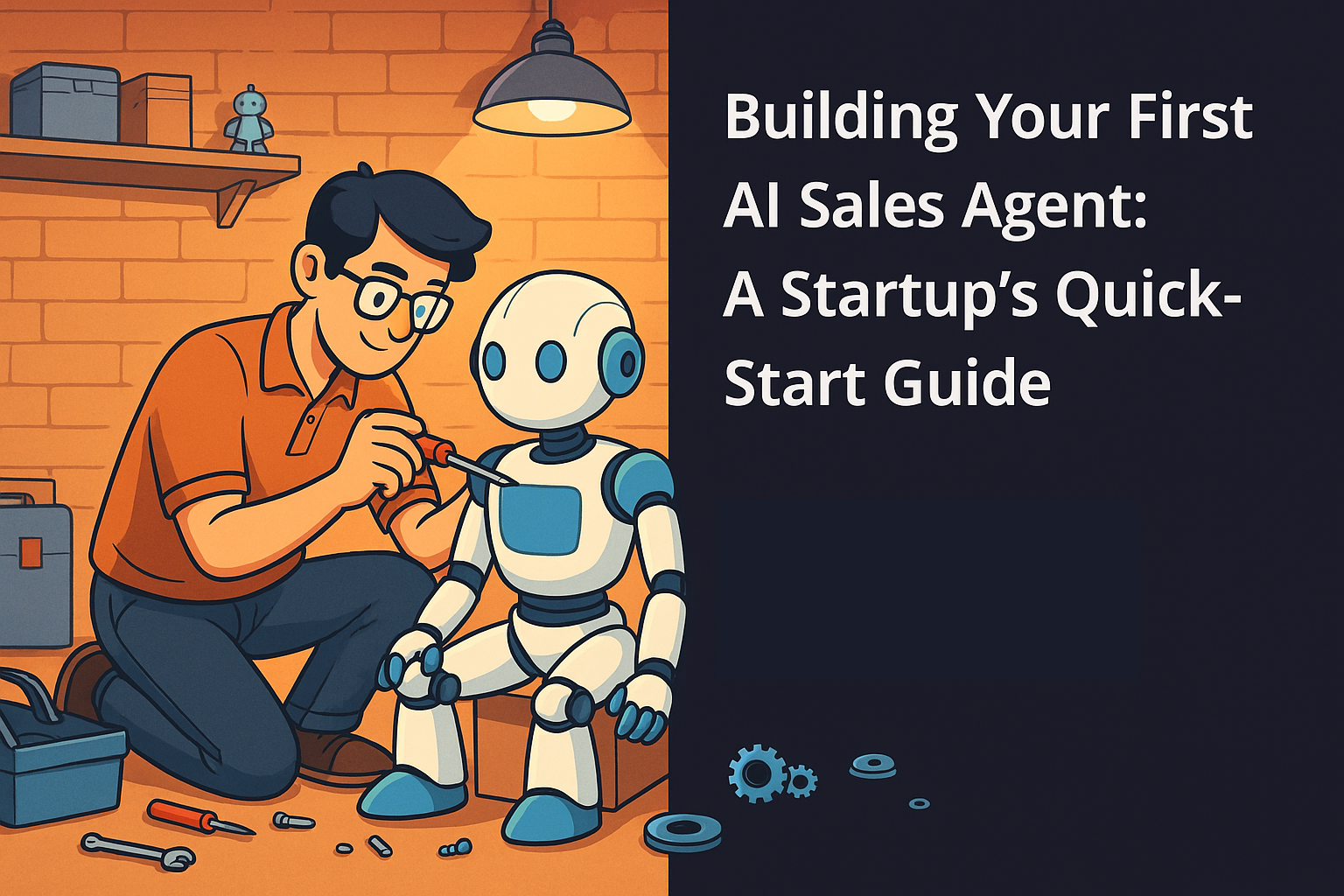Explore the differences between hard and soft bounces, and learn how to optimize your campaigns for success.
In the labyrinthine world of email marketing, understanding the nuances of bounce management is akin to deciphering a complex puzzle. Among the myriad challenges that marketers face, distinguishing between hard bounces and soft bounces stands out as a crucial aspect of maintaining a healthy sender reputation and optimizing campaign performance. In this exhaustive guide, we'll embark on a comprehensive exploration of hard bounces and soft bounces, unraveling their intricacies, dissecting their implications for cold outreach email marketing, and providing actionable strategies to mitigate their impact on campaign efficacy.
Demystifying Hard Bounces: When Messages Reach a Dead End
A hard bounce occurs when an email is returned to the sender due to permanent delivery failures caused by factors such as:
- Invalid Email Address: The recipient's email address is either misspelled or non-existent.
- Non-existent Domain: The domain associated with the recipient's email address does not exist or is invalid.
- Recipient Mailbox Full: The recipient's mailbox has reached its storage limit and cannot accept any new messages.
The Implications of Hard Bounces: Navigating the Rough Waters
- Sender Reputation Impact: High rates of hard bounces can tarnish your sender reputation, signaling to ISPs that your email list may be outdated or acquired through questionable means.
- Deliverability Challenges: ISPs may interpret high hard bounce rates as a sign of spamming activity, leading to a decline in email deliverability and relegating your messages to the dreaded spam folder.
- Resource Drain: Sending emails to invalid addresses is not just futile but also wasteful, consuming valuable resources and potentially damaging your sender credibility in the long run.
Crafting a Strategy to Mitigate Hard Bounces: Best Practices
- List Hygiene is Key: Regularly prune your email list to eliminate invalid or outdated addresses. Leverage email verification tools to identify and rectify potential issues before launching campaigns.
- Embrace Double Opt-In: Implement a double opt-in process to validate email addresses and confirm subscribers' intent to receive communications, thereby reducing the likelihood of hard bounces.
- Monitor and Adjust: Keep a vigilant eye on your bounce rates and be proactive in addressing any sudden spikes. Swiftly rectify underlying issues to prevent further damage to your sender reputation and deliverability metrics.
Unraveling the Mystery of Soft Bounces: A Temporary Hurdle in Delivery
Soft bounces, unlike their hard counterparts, represent temporary failures to deliver an email to the recipient's inbox due to reasons such as:
- Temporary Server Issues: Issues with the recipient's email server, such as maintenance or downtime, prevent the immediate delivery of the email.
- Recipient Mailbox Full: The recipient's mailbox is temporarily at capacity and cannot accept new messages.
- Message Size Limit Exceeded: The size of the email exceeds the recipient's mailbox size limit, resulting in a temporary bounce.
Grasping the Implications of Soft Bounces: Navigating the Gray Area
- Transient Nature: Soft bounces are often transient in nature and may resolve themselves without intervention. However, persistent soft bounces warrant attention and necessitate corrective action to ensure successful email delivery.
- Minimal Impact on Sender Reputation: Soft bounces typically have minimal repercussions on sender reputation, as they are often caused by temporary issues rather than fundamental flaws in the email list.
- Opportunity for Re-engagement: Soft bounces present an opportunity to re-engage with recipients and address any potential issues that may be hindering email delivery, thereby strengthening sender-subscriber relationships.
Deploying Effective Strategies to Mitigate Soft Bounces: Actionable Insights
- Retry Delivery Mechanism: Most email marketing platforms employ a retry delivery mechanism for addresses that experience soft bounces. Monitor these addresses closely and intervene if soft bounces persist beyond a reasonable timeframe.
- Regular List Maintenance: Keep your email list updated by removing addresses that consistently experience soft bounces. Consider reaching out to recipients to verify their email addresses or preferences to ensure accurate communication.
- Optimize Email Content: Minimize the likelihood of soft bounces by optimizing your email content for deliverability. Avoid using large attachments or excessive formatting that may trigger filtering mechanisms and result in temporary delivery failures.
Striking the Perfect Balance: Aligning Hard and Soft Bounce Management with Cold Outreach Strategies
- Prioritize List Quality: Building and maintaining a high-quality email list is paramount in cold outreach campaigns. Avoid resorting to purchased email lists or outdated databases, as they are more likely to result in hard bounces and tarnish your sender reputation.
- Personalization is Key: Tailored and personalized emails are less susceptible to bounces, as recipients are more inclined to engage with relevant content. Invest time in crafting customized messages that resonate with your audience and address their specific pain points.
- Continuous Testing and Optimization: Embrace a culture of experimentation and optimization by conducting A/B tests to identify factors contributing to high bounce rates. Continuously refine your campaigns based on performance metrics to minimize bounces and maximize engagement.
In the world of cold outreach email marketing, mastering the art of bounce management is akin to finding the elusive treasure trove. By deciphering the nuances of hard and soft bounces, implementing proactive strategies to mitigate their impact, and aligning bounce management practices with overarching campaign objectives, marketers can navigate the challenges with finesse and unlock the true potential of their email marketing endeavors. Remember, in the realm of email marketing, knowledge is power – and by harnessing the power of bounce management, marketers can chart a course towards unparalleled success and sustained growth.


.jpg)


.svg)